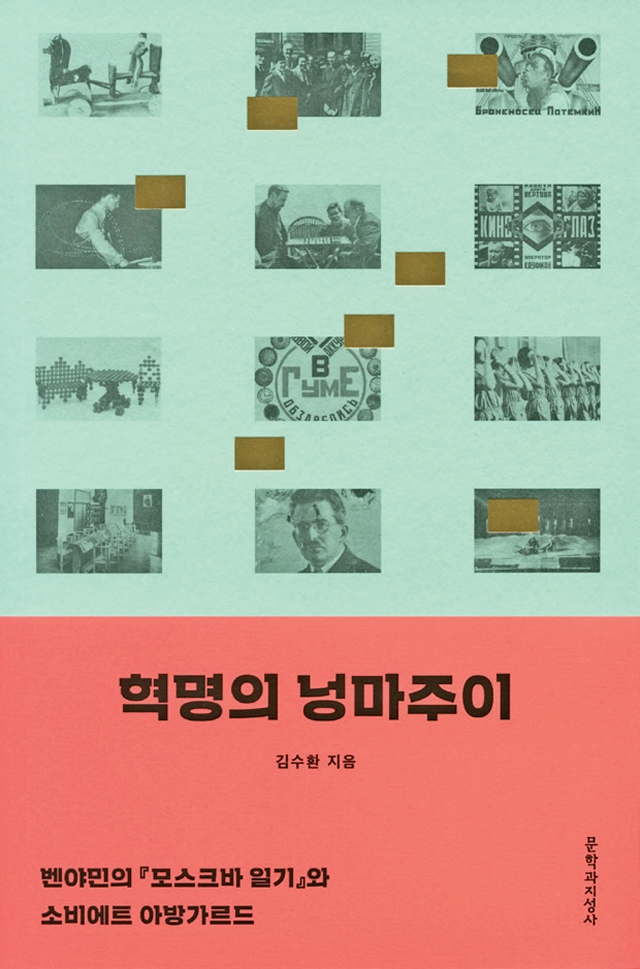
혁명의 넝마주이
- Page
- 368
- Publication Date
- April 20, 2022
- ISBN
- 9788932039862

A new reading of Moscow Diary in the context of the Soviet avant-garde.
Memories of a revolution in the fragmented images picked up by a ragpicker.
For about two months between December 1926 and February 1927, Walter Benjamin visited post-revolutionary Moscow, where everything was undergoing change. What did this visit mean to Benjamin? What did he see there?
By way of Moscow Diary, Benjamin’s records of his visit to Moscow, The Ragpicker of Revolution traces the Soviet imprints in Benjamin’s thoughts and, by extension, rediscovers the intellectual and artistic legacies of the Soviet avant garde. Today, when only the fear-mongering ways of thinking that consider all designs of liberation to be either “unrealistic” ideals or ultimately boiled down to Stalinist “Real Socialism” are at work, revisiting the legacies of the Soviet avant garde might not be the most welcomed subject. For a while, these legacies could only be inherited as objects confined to the “revolution section” of the quiet walls of museums and deprived of the political context.
The Ragpicker of Revolution excavates this “past” of the Soviet Revolution buried in the popularized narrative to put it back on the stage of interpretive struggle. All pasts bear the potential to reconnect with and be rewritten in the present. The tradition of a deceased generation may be returned as a “specter that puts pressure on the living generation’s heads”(Marx) or “an ember to rekindle the fire of hope”(Benjamin).
Based on the texts by Benjamin, who attempted to salvage abandoned and forgotten historical knowledge to disrupt “history as a continuum” which deceptively distorts reality, this book scrupulously reassesses all the potentials that existed in Soviet society during the revolution. By doing so, we may be able to give the cut-off pages the space they deserve in history and find the tools to free us from the horizons of the present.